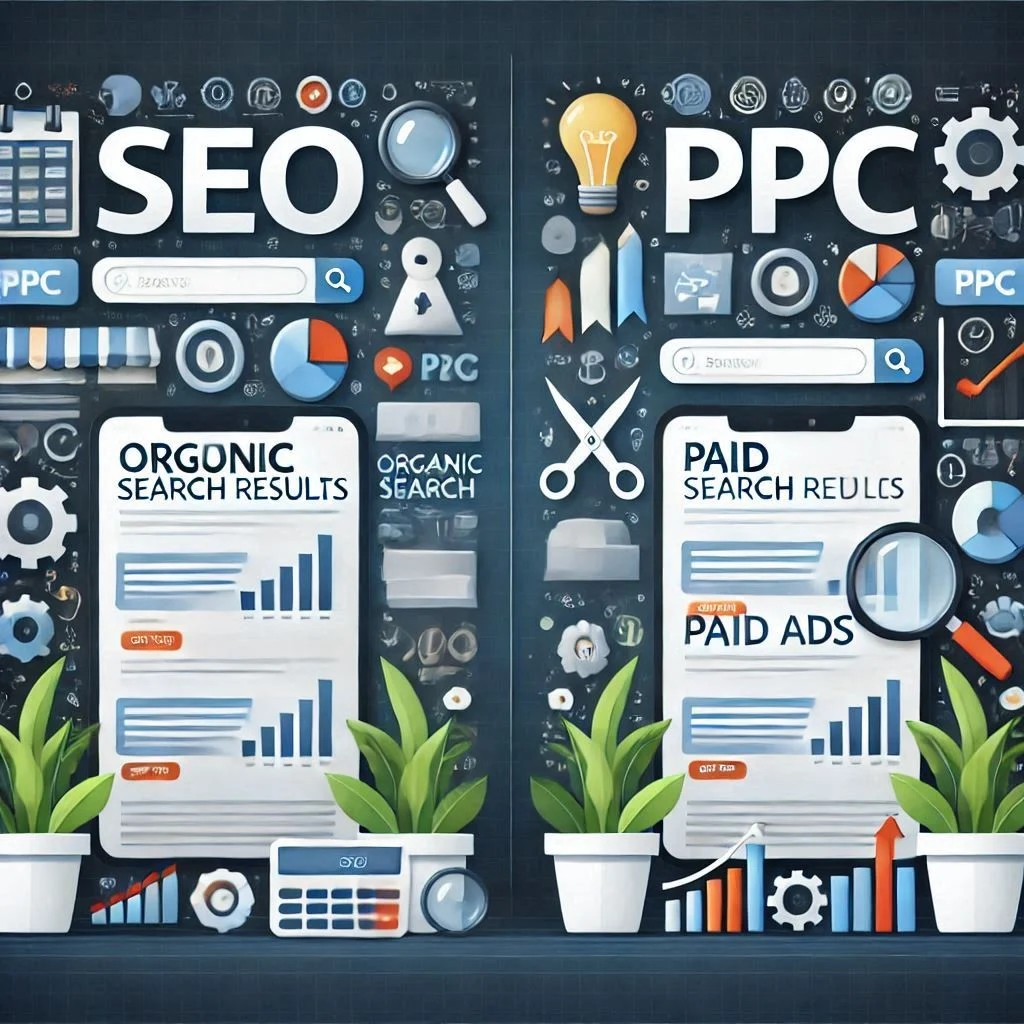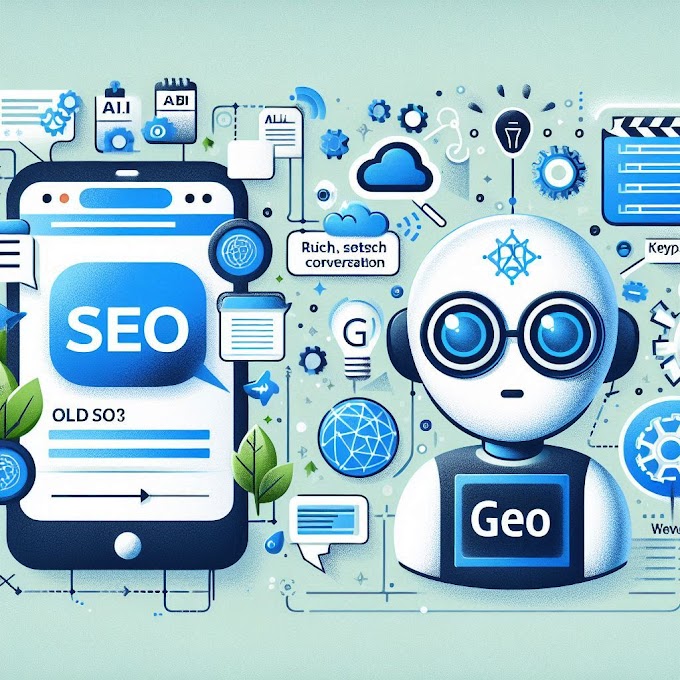In the fast world of digital marketing, business needs to find the best ways to drive traffic to their websites. Amongst the most popular methods, two of them are Search Engine Optimization (SEO) and Pay-Per-Click (PPC) advertising. Both SEO and PPC are powerful tools that can help your business gain visibility, attract visitors, and increase sales. However, they work in different ways, and each has its strengths and weaknesses. In this article, we'll compare SEO and PPC, give you some tips on both, and help you decide which one is best for your business.
The Importance of SEO and PPC
SEO and PPC are key components of a digital marketing strategy. SEO focuses on improving your website's organic ranking in search engine results pages (SERPs). When someone searches for a term related to your business, SEO helps your website appear higher in the results, making it more likely to be clicked on. On the other hand, PPC involves paying for ads that appear on search engines and other platforms. Each time someone clicks on your ad, you pay a fee. Both methods can bring more visitors to your website, but understanding how they work and their benefits will help you choose the right strategy.
SEO Hacks and Pro Tips
SEO involves a variety of techniques designed to enhance your website's visibility and ranking on search engines. Start with keyword research using tools like Google Keyword Planner or Ahrefs to find high-traffic, low-competition keywords, particularly focusing on long-tail keywords for more targeted results. Optimize on-page elements such as title tags, meta descriptions, and header tags to ensure they are SEO-friendly and naturally incorporate your keywords. Creating high-quality content is essential, as informative, valuable content helps establish your authority and boosts rankings. Building backlinks from reputable, authoritative sites increases your site’s credibility. Additionally, improving website speed and mobile optimization are crucial, as a fast-loading, mobile-friendly website is favored by both users and search engines like Google. These strategies collectively help improve your site's SEO and overall performance.
PPC Hacks and Pro Tips
PPC advertising requires careful optimization to ensure the best results. Start by targeting the right keywords, using tools like Google Ads Keyword Planner to find high-converting, relevant keywords. Your ad copy should be clear, concise, and compelling, highlighting the benefits of your product or service with a strong call-to-action (CTA). Incorporating negative keywords can help avoid irrelevant clicks, saving money. Additionally, ensure your landing pages align with your ads and provide a seamless user experience, which can boost conversions. Continuously monitor and adjust your campaigns, adjusting bids and testing different ad variations. A/B testing helps you identify the most effective ad copy, while remarketing targets users who previously visited your site but didn’t convert, increasing the chances of re-engagement. These pro tips can help you maximize the efficiency of your PPC campaigns.
SEO Traffic vs. PPC Traffic
One of the main differences between SEO and PPC is the type of traffic they generate.
- SEO Traffic: SEO traffic is organic, meaning it comes from unpaid search results. It takes time to build, but once you rank high for relevant keywords, the traffic is free. SEO traffic tends to be more sustainable over the long term. However, it can take months to see significant results. Once you stop working on SEO, the traffic may slowly decline.
- PPC Traffic: PPC traffic is paid, meaning you pay each time someone clicks on your ad. It provides instant results, and you can start seeing traffic as soon as your ad goes live. However, once you stop paying for PPC ads, the traffic stops immediately. PPC can be more costly in the long run because you continually need to pay for ads to maintain traffic.
Which is Better for Your Business?
The answer to whether SEO or PPC is better depends on your business goals, budget, and timeline.
- Cost Per Month: SEO generally requires a larger upfront investment in terms of time and effort. You may need to hire an SEO expert or invest in tools, but once your website ranks well, the traffic is free. On the other hand, PPC requires a constant budget. You pay for every click, so the cost can add up quickly, especially in competitive industries.
- Duration of Results: SEO is a long-term strategy. It can take weeks or even months to see the results of your efforts, but once you achieve a high ranking, it can bring sustainable traffic. PPC provides immediate results. As soon as you launch your ads, you start getting traffic. However, this traffic stops as soon as you stop running ads.
- Long-Term Value: SEO tends to provide more long-term value. Once your website ranks high, you can continue to get traffic without paying for ads. On the other hand, PPC requires ongoing payments to maintain visibility. Once your budget runs out, your ads stop, and so does the traffic.
Which is More Effective for Your Business?
If you have a limited budget and want long-term, sustainable traffic, SEO is a better option. It may take some time to see results, but it can pay off in the long run. However, if you need quick results and have the budget to invest in ads, PPC can be a great choice. Many businesses use a combination of both SEO and PPC to maximize their online presence. By using SEO for long-term growth and PPC for immediate traffic, you can create a balanced and effective digital marketing strategy.
Conclusion
In the battle of SEO vs. PPC, there is no one-size-fits-all answer. Both have their pros and cons, and the right choice depends on your business's goals and resources. If you’re looking for sustainable, long-term growth, SEO is the way to go. If you need quick results and are willing to invest in ads, PPC can help you achieve your objectives. Ultimately, the best strategy may be to combine both SEO and PPC for a comprehensive digital marketing plan that drives traffic, increases brand visibility, and boosts conversions.





0 Comments